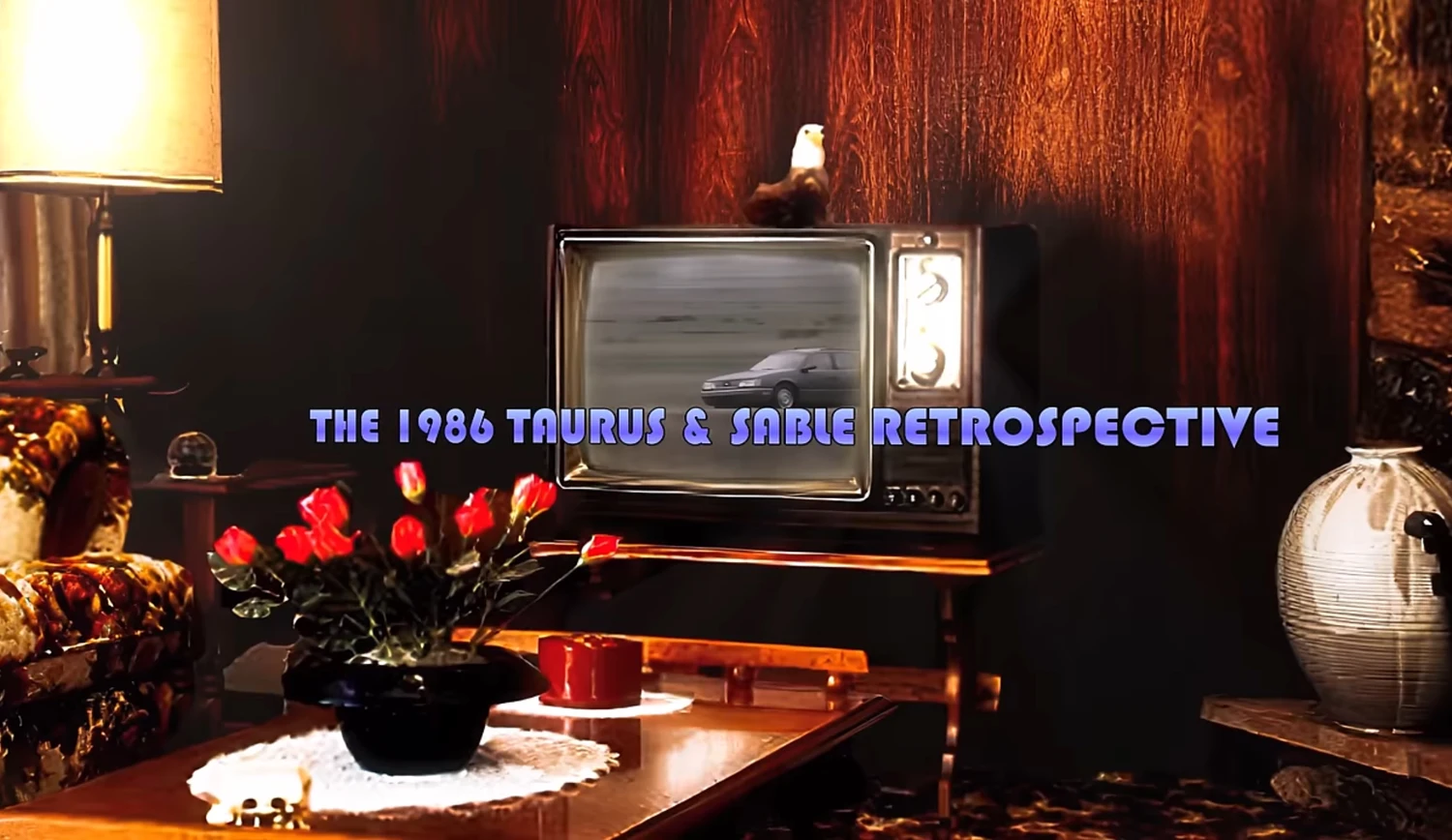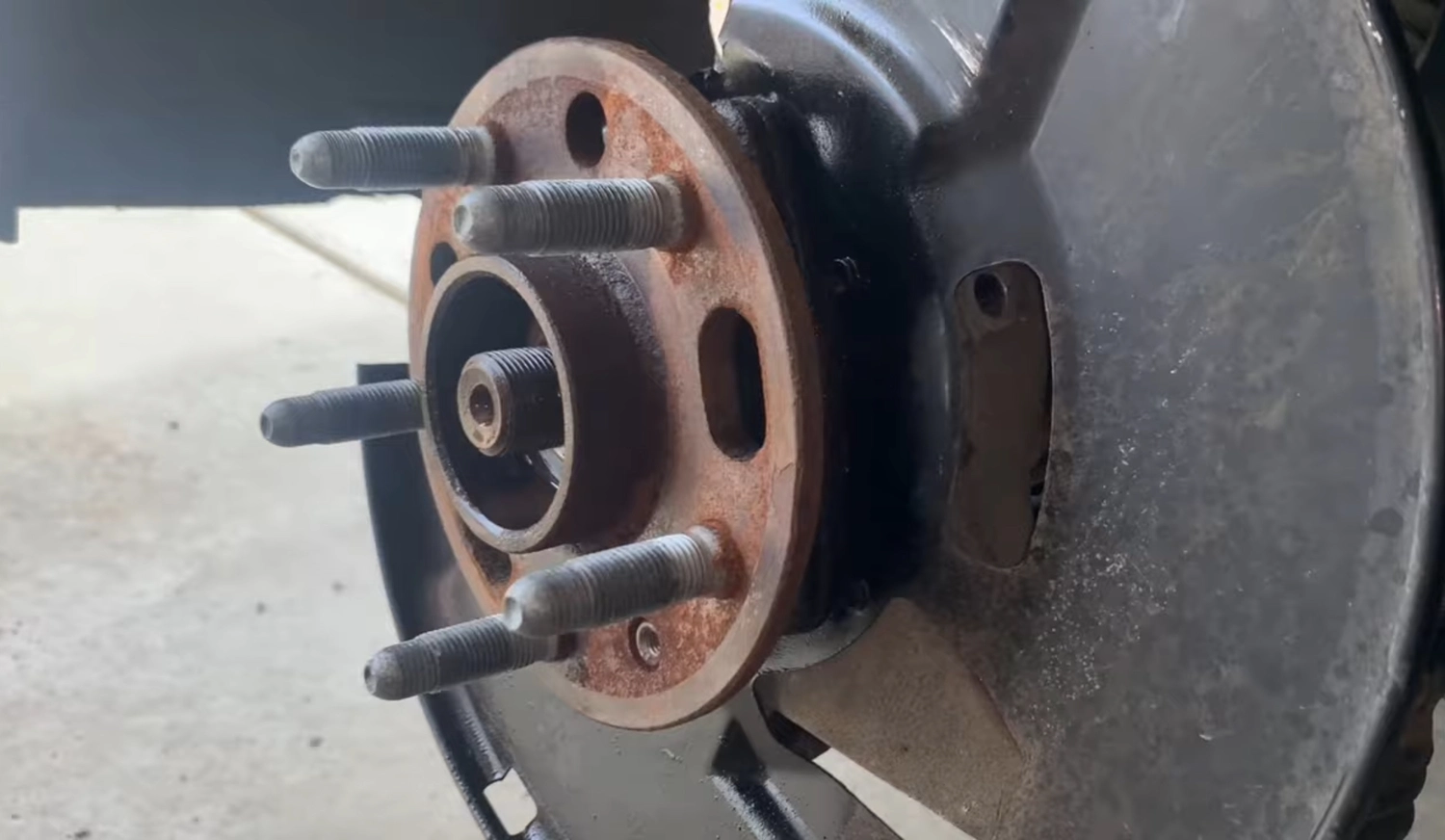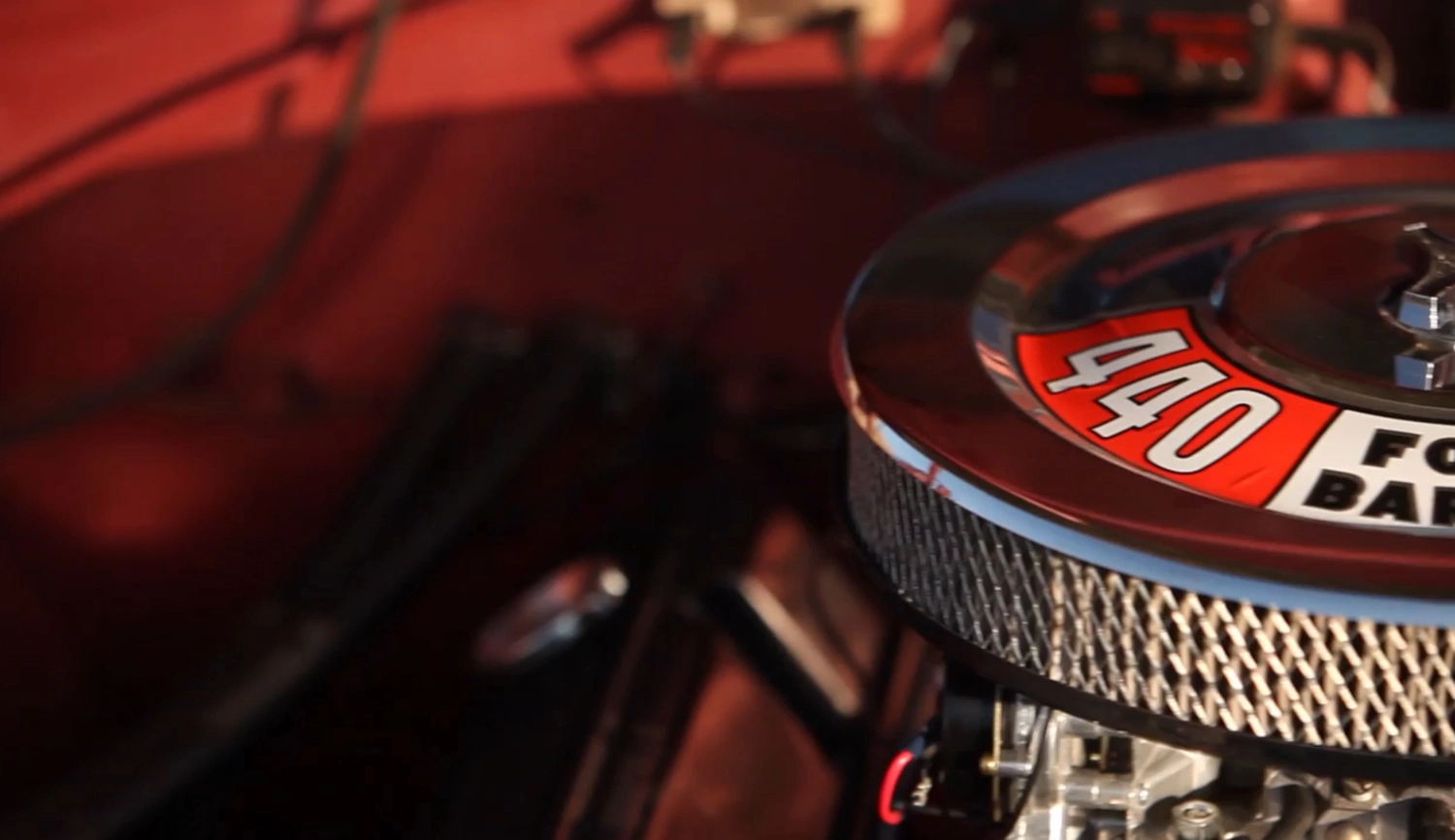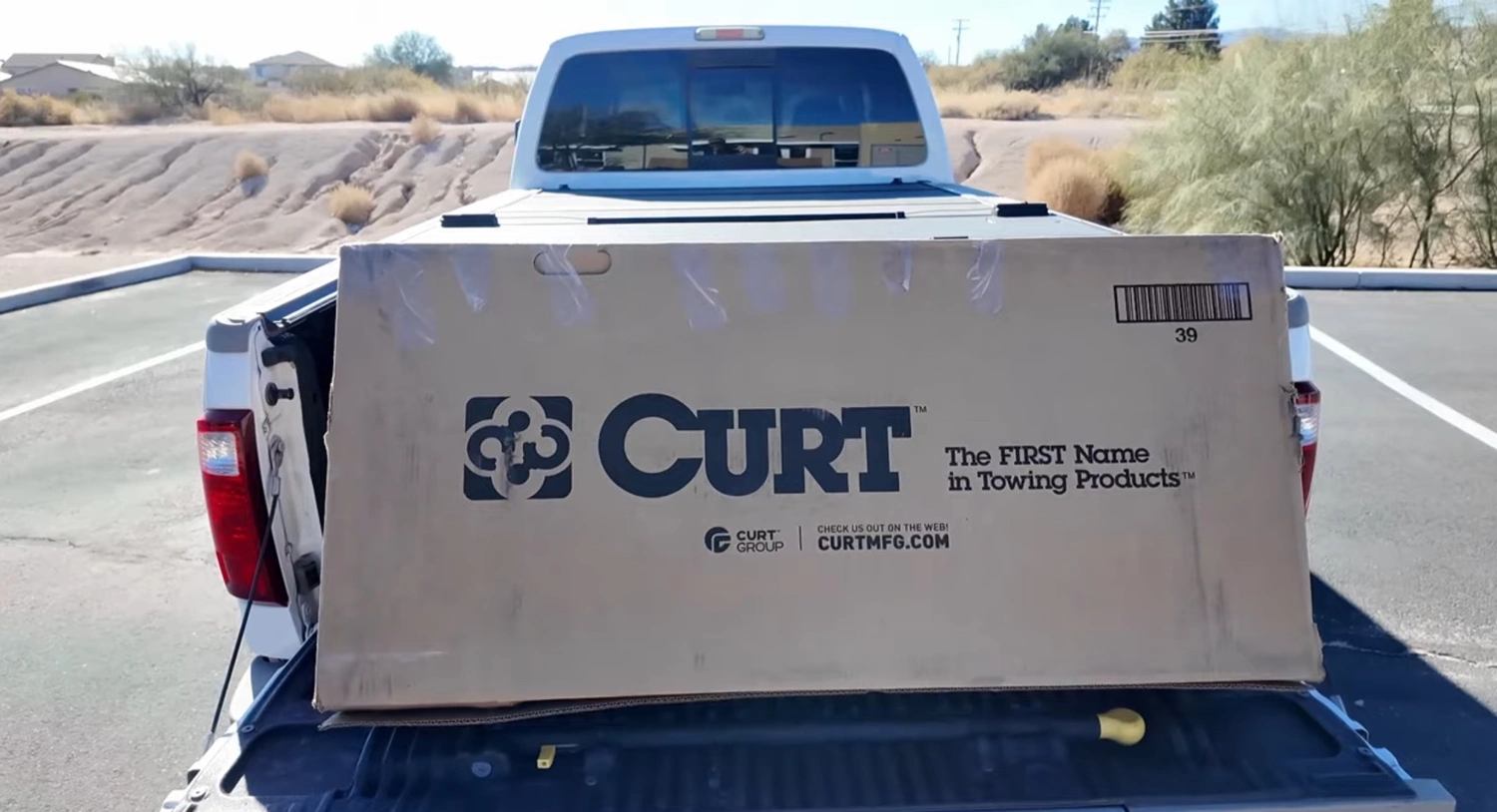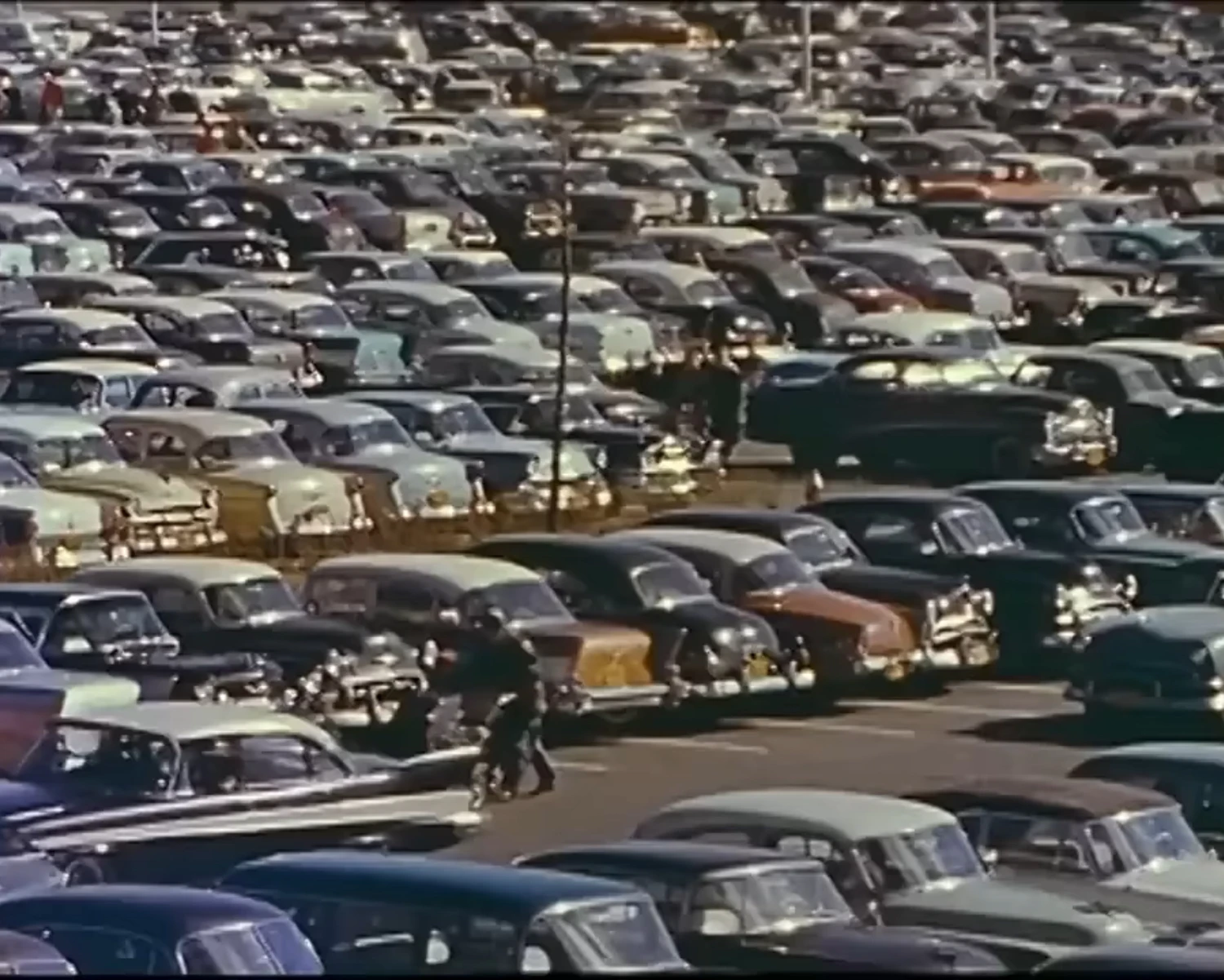In the mid-1980s, Ford was in trouble. Sales were sluggish, their lineup was aging, and the competition—particularly from the Japanese automakers—was eating away at their market share. The company needed a revolution, a bold new vision that could carry them into the future. That vision came in the form of the 1986 Ford Taurus and its Mercury Sable sibling—cars so radical for their time that they didn’t just revitalize Ford, they saved it.
For those who weren’t around when the Taurus debuted, it might be difficult to understand just how groundbreaking it was. Today, it may look like just another old sedan, but in 1986, the Taurus was nothing short of an automotive revolution.
The Road to Taurus: A Company on the Brink
Before the Taurus, Ford’s mid-size lineup was stuck in the past. Models like the Fairmont, LTD, and Granada were nothing more than rehashed platforms from the 1960s, barely keeping up with the times. While General Motors had already begun downsizing its fleet, Ford stubbornly held onto the belief that “road-hugging weight” was still a selling point.
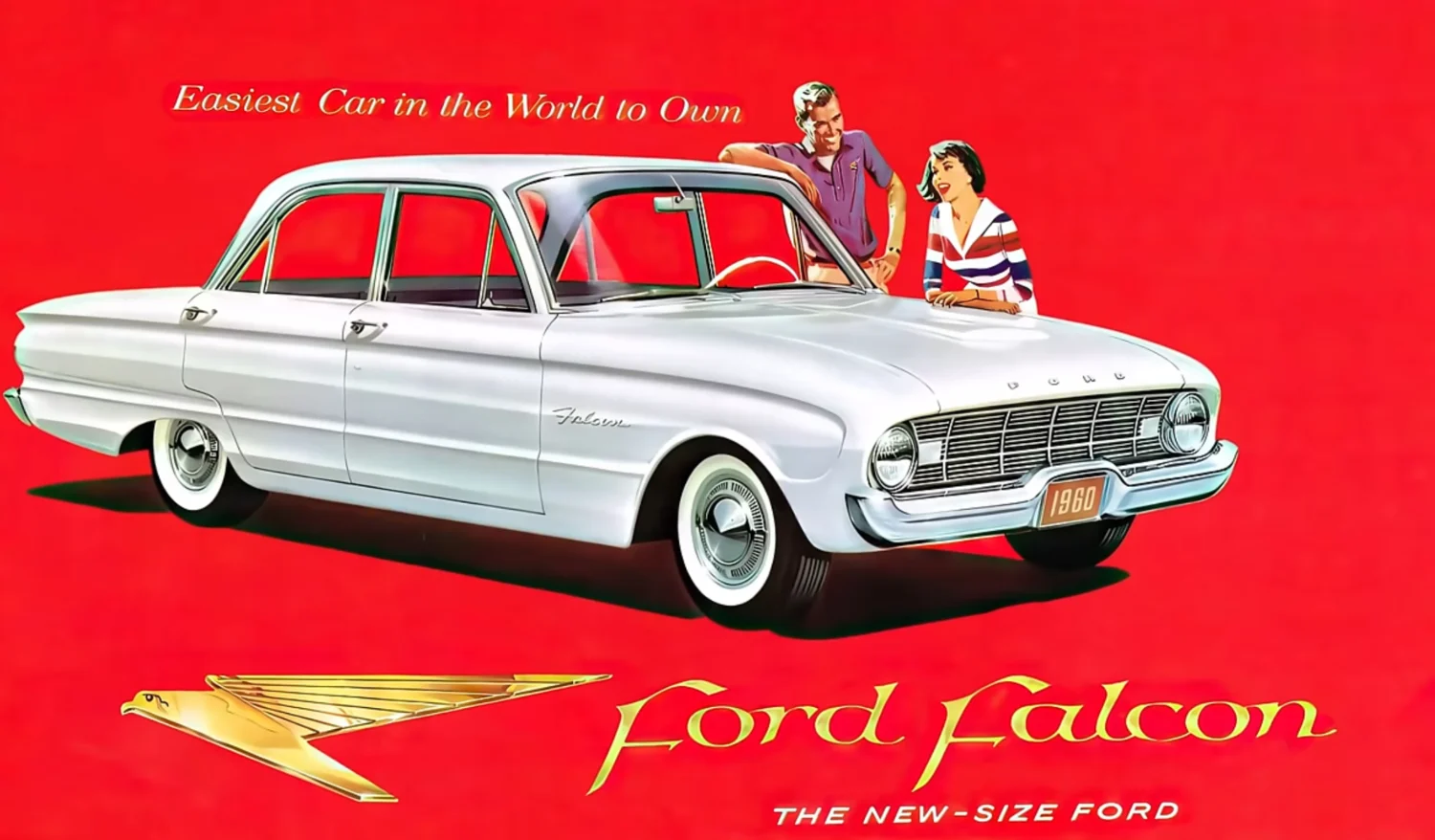
By the early 1980s, it was clear that this thinking wasn’t working. Ford’s Fox-body Fairmont and its later LTD replacement were outdated and uninspired, despite being relatively modern for their time. In contrast, Japanese automakers were producing smaller, more efficient, and far more refined vehicles that appealed to fuel-conscious American buyers. Even General Motors had introduced front-wheel-drive midsize cars with their 1982 A-body lineup, which included models like the Oldsmobile Cutlass Ciera and Chevrolet Celebrity.
Ford knew it needed to do something drastic. The answer was Project Taurus, initiated in 1982—a clean-sheet design that would be unlike anything Ford had ever built before.
Designing the Future: The Birth of the Taurus
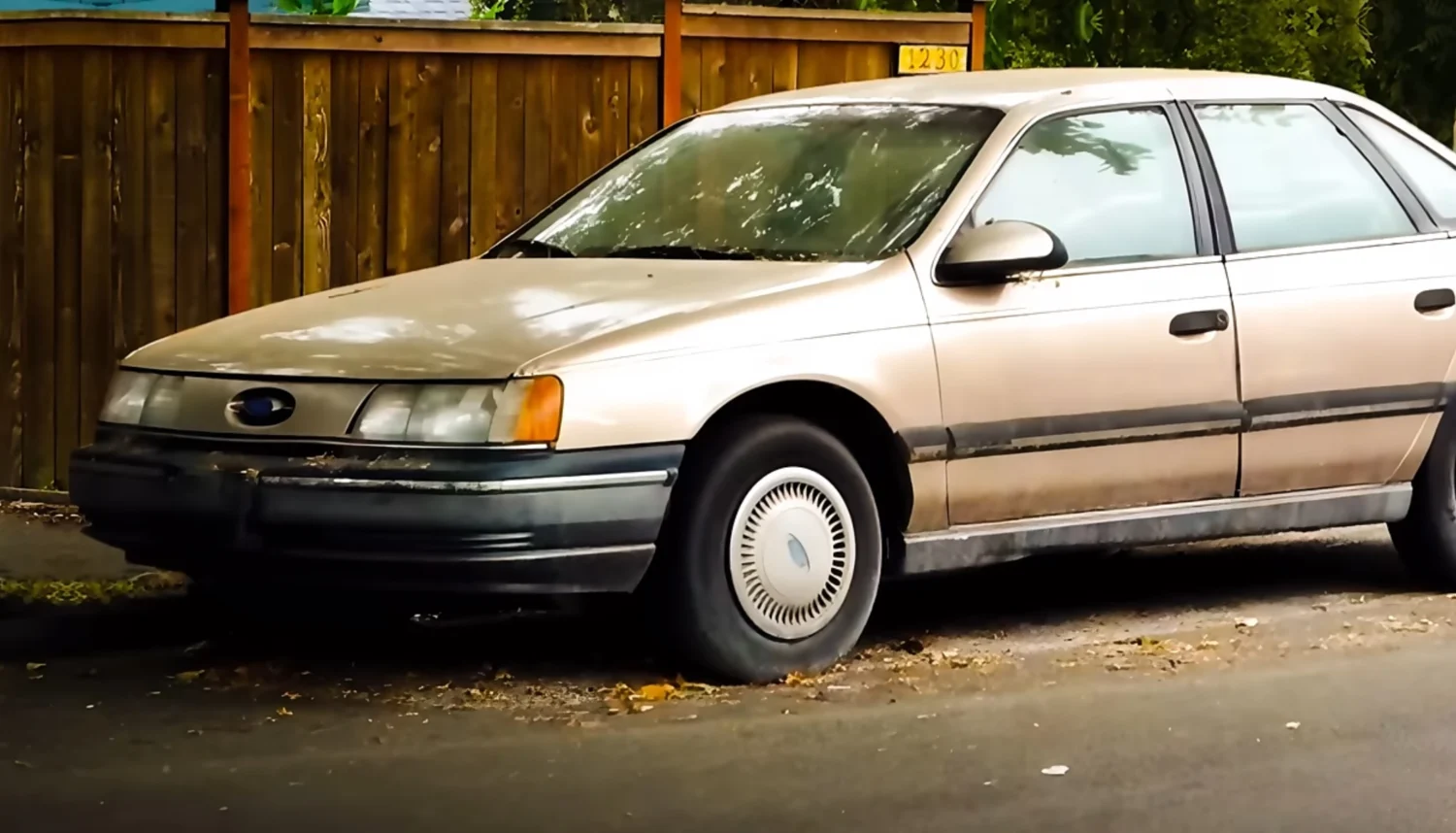
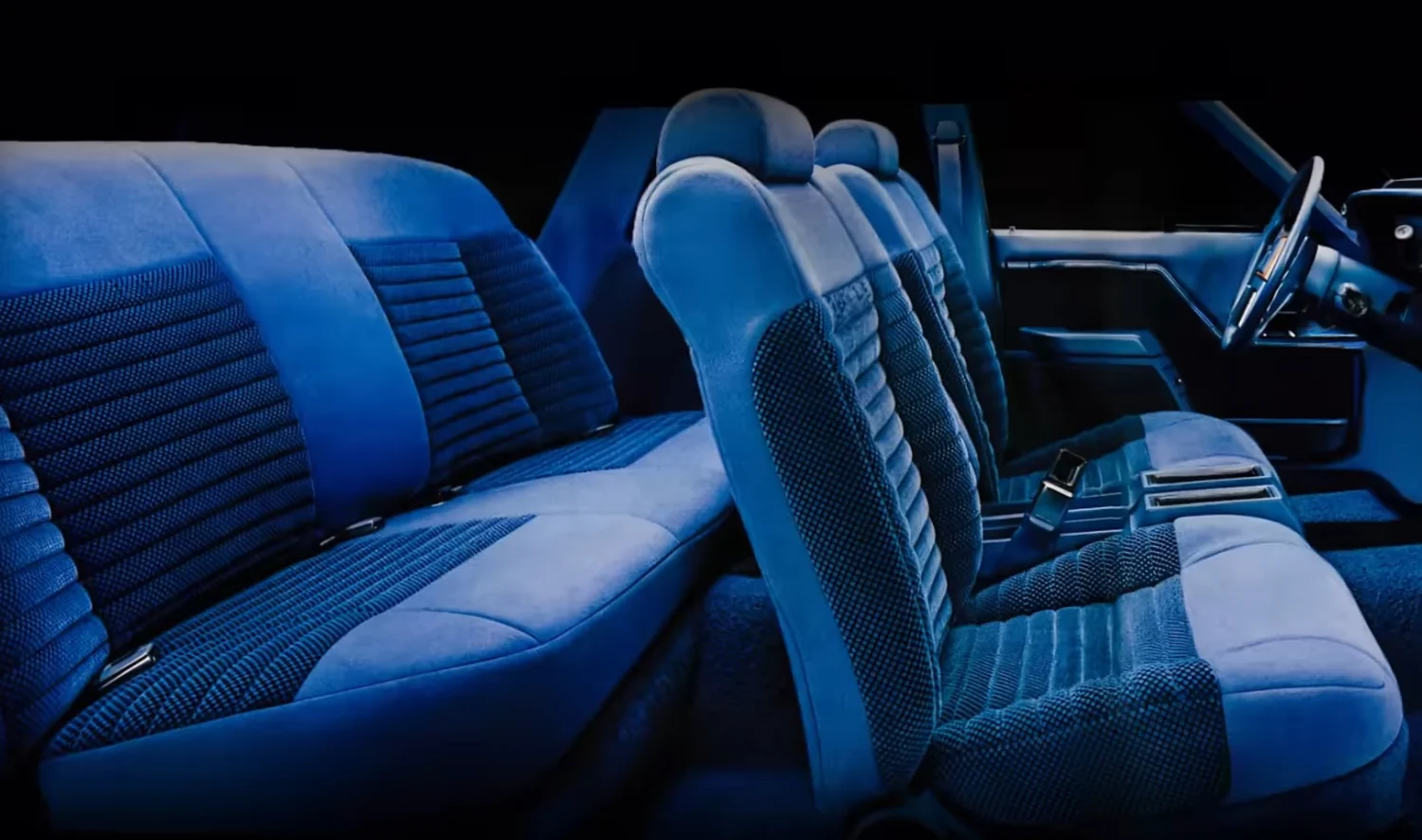
From the start, Taurus was meant to be revolutionary. It was one of the first cars to be designed using computer-aided design (CAD), blending both human artistry and technology to achieve an aerodynamic, forward-thinking shape. The result was sleek, rounded, and entirely different from the boxy sedans that had dominated American roads for decades.
Ford brought in W. Edwards Deming, a quality-control expert who had revolutionized Japanese manufacturing. He implemented rigorous testing and quality-control standards, ensuring that the Taurus wouldn’t just be innovative—it would be well-built and reliable.
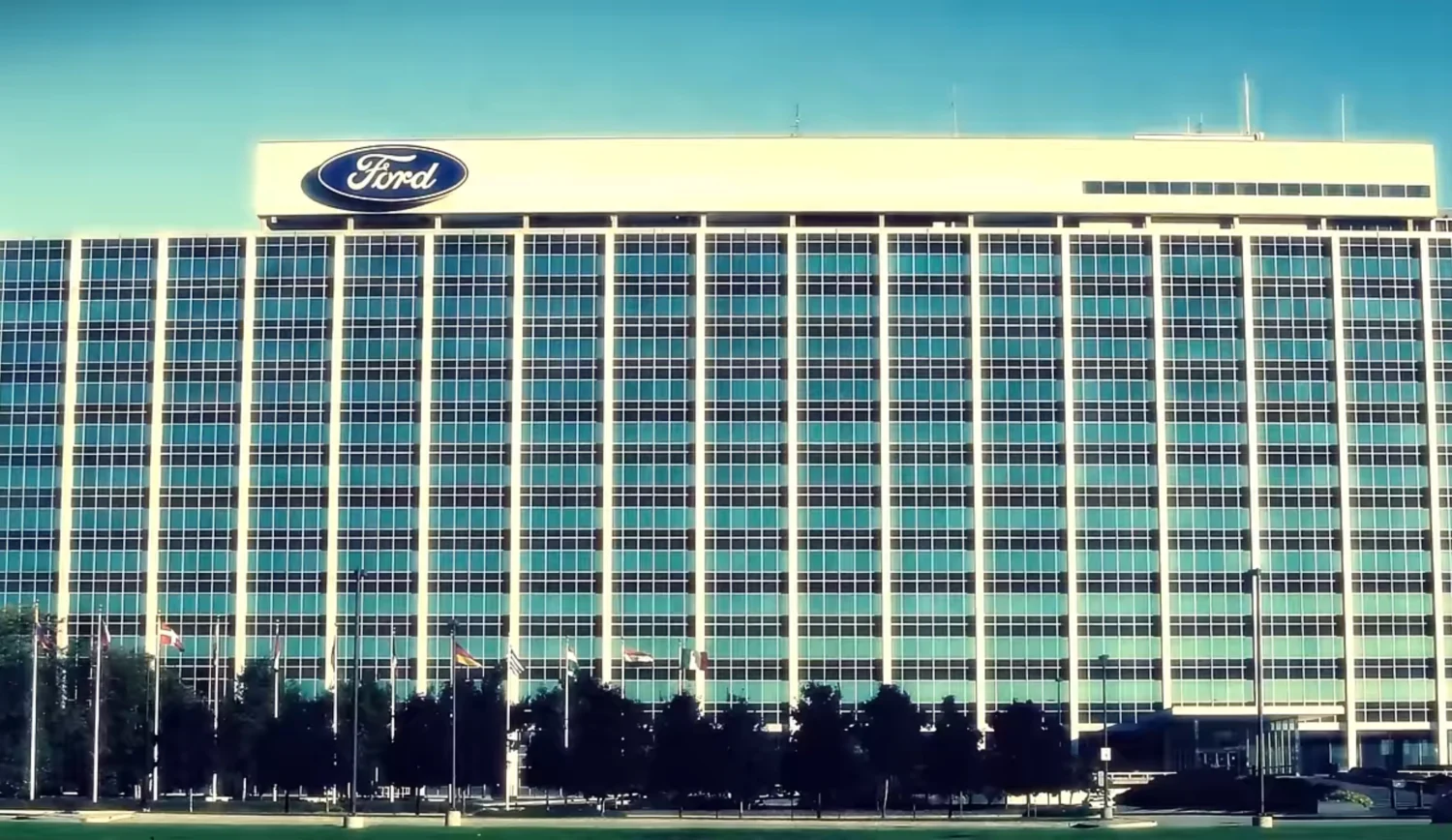
Perhaps the biggest gamble was the switch to front-wheel drive. At the time, front-wheel-drive cars were still relatively new in the U.S. market, and many questioned whether it was the right move for a mainstream sedan. But Ford had no choice—if they stuck with rear-wheel drive, the Taurus would have been outdated before it even launched.
A Bold New Look: The Taurus and Sable Design Language
When the Taurus debuted in 1986, it looked like nothing else on American roads.
- Sleek, aerodynamic shape – Gone were the sharp angles of past sedans; the Taurus embraced a smooth, European-inspired design.
- Flush-mounted composite headlights – One of the first American cars to feature aero headlights, which were only recently legalized in the U.S.
- Curved grille-less front end – A bold departure from the traditional upright grilles seen on nearly every other American car at the time.
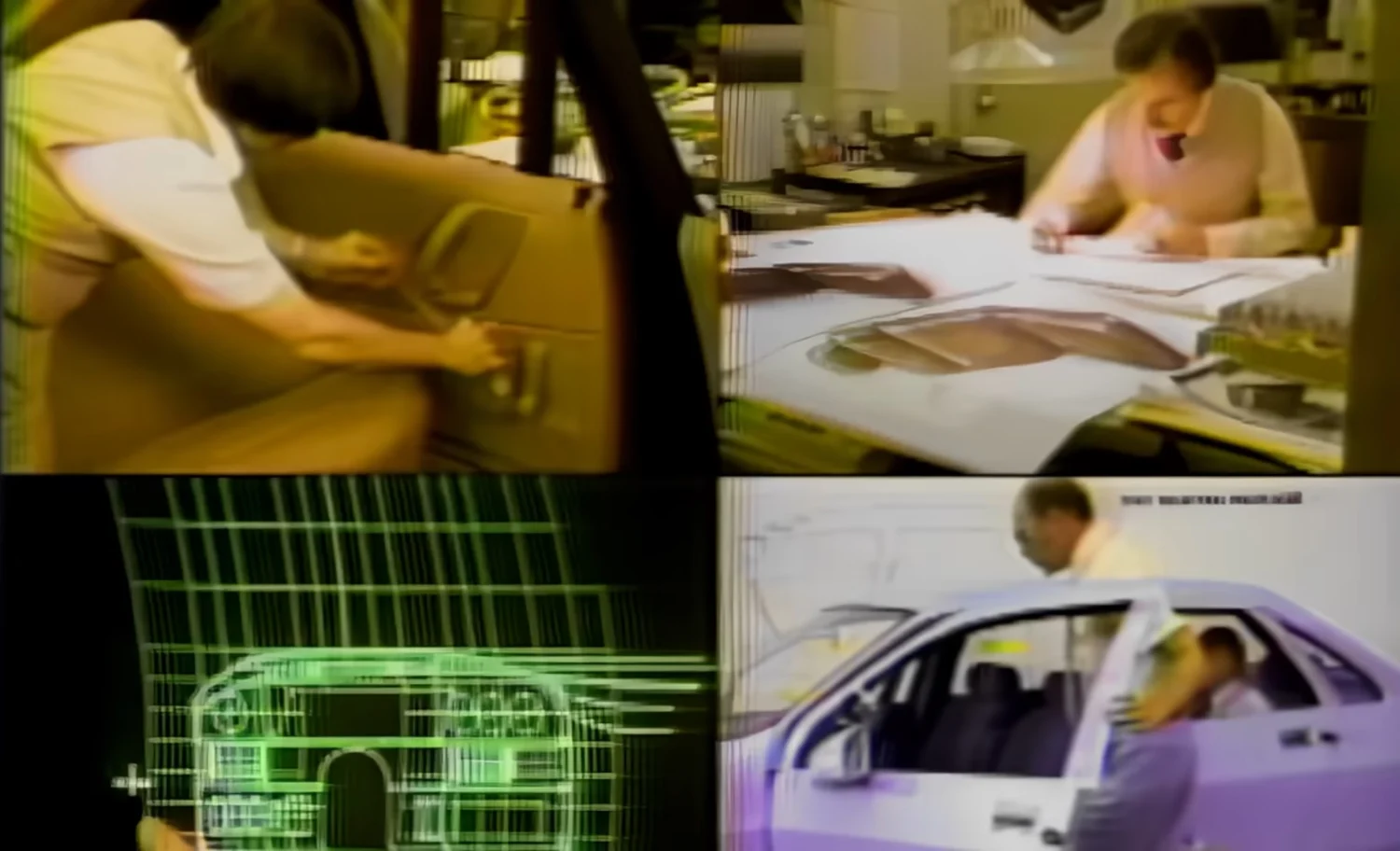
Ford did hedge its bets—just in case the public rejected the radical look, they tooled up a more traditional grille for a potential mid-cycle refresh. But it turned out the bold design was exactly what the public wanted.
The Mercury Sable took things even further, featuring a full-width light bar across the front—an unmistakable design cue that made it one of the most futuristic-looking cars of the 1980s.
Innovation Inside and Out
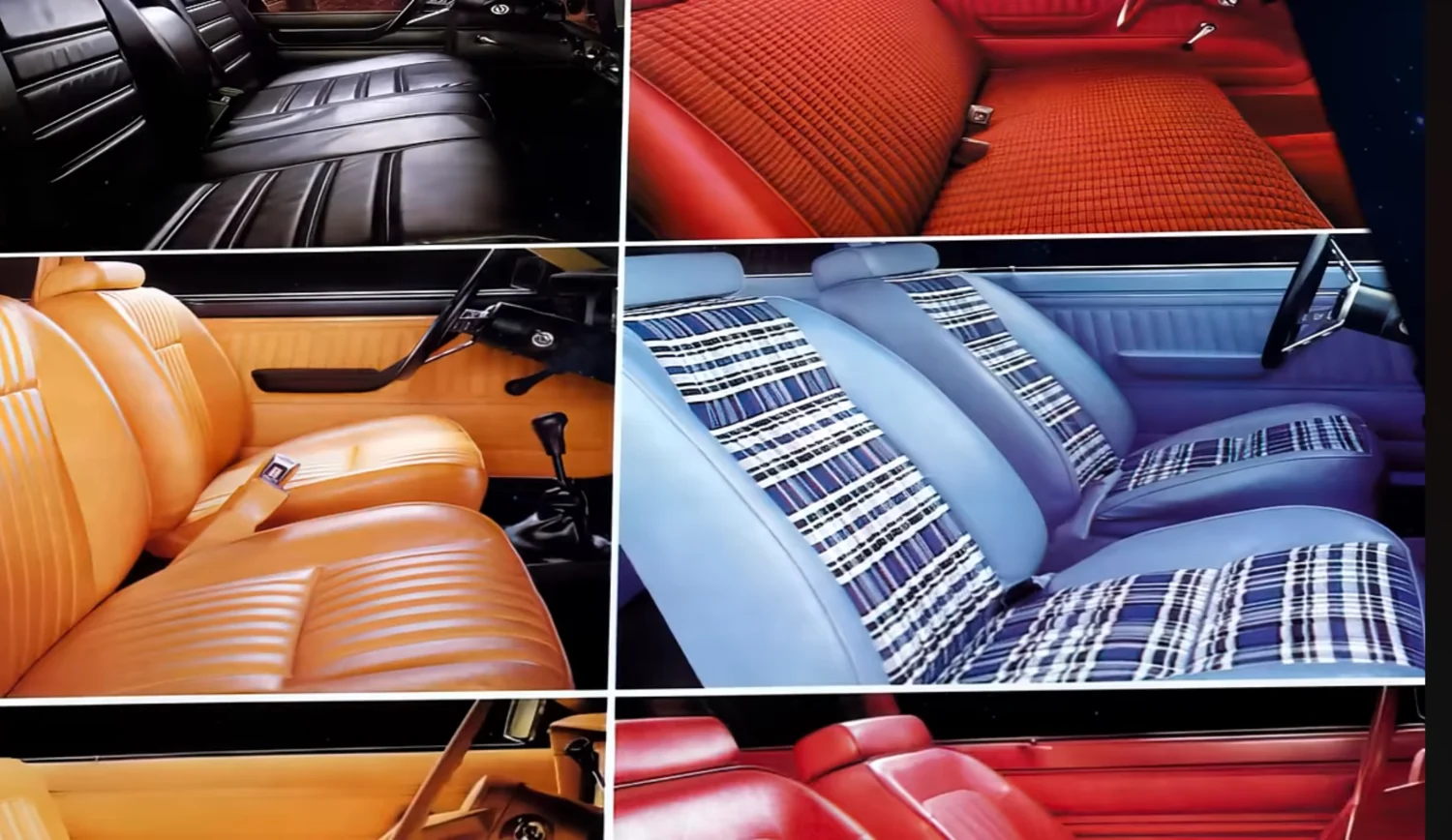
The Taurus wasn’t just about exterior design—Ford focused just as much on the interior experience.
- Raised seating position – Unlike previous American sedans that had low-mounted seats to create an illusion of space, Taurus raised the seats to improve visibility and comfort.
- User-friendly controls – The dashboard was designed so that drivers could operate everything by touch, allowing them to keep their eyes on the road.
- Spacious interior – Thanks to its front-wheel-drive layout, the Taurus had a flat floor, maximizing interior room.
- Multi-link rear suspension – Where many competitors opted for a cheap rear beam axle, Ford insisted on a fully independent rear suspension, giving the Taurus a more refined, European-like ride.
Even the station wagon version was revolutionary. With a sleek, streamlined shape and an available third-row seat, it redefined what an American family wagon could be.
Under the Hood: Performance and Efficiency
The Taurus wasn’t just about good looks—it had the power to back it up.
- Base engine: 2.5L four-cylinder, producing 90 horsepower (found mostly in the MT-5 manual transmission model).
- Main engine: 3.0L V6 “Vulcan”, producing 140 horsepower, which powered the majority of Taurus models.
- Optional engine: 3.8L V6, which offered more torque but was prone to head gasket failures—a weakness that would haunt Ford for years.
Despite not being a performance car, the Taurus handled remarkably well, especially when compared to the soft, floaty sedans it replaced. It was agile, precise, and controlled, a car that actually felt fun to drive.
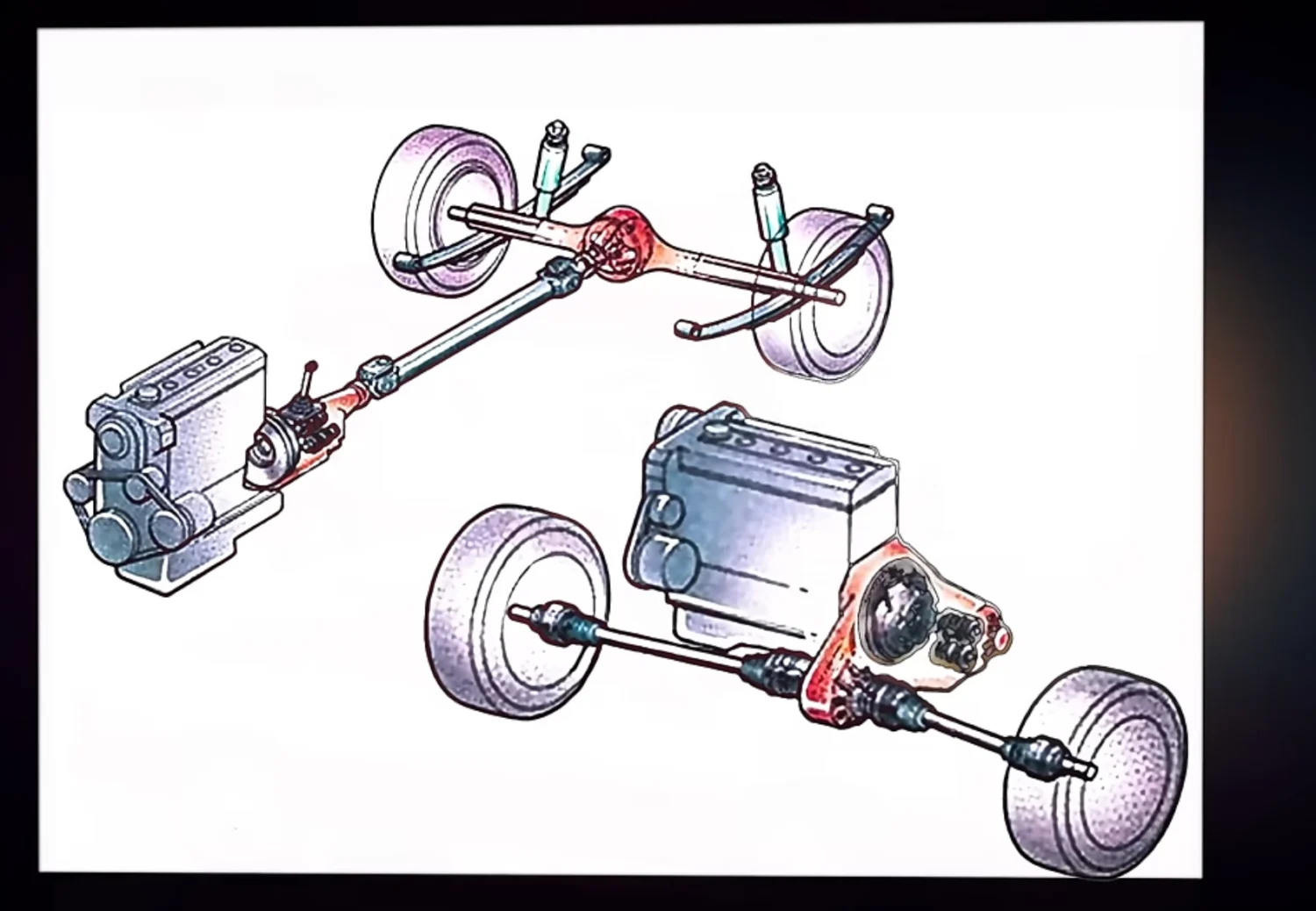
The Impact: A Sales Phenomenon and Industry Game-Changer
Ford knew Taurus had to be a hit—and it was.
- In its first year, the Taurus and Sable sold over 200,000 units.
- By 1989, sales had surpassed 1 million units.
- The Taurus would go on to become the best-selling car in America, a title it held from 1992 to 1996.
But Taurus didn’t just sell well—it changed the entire automotive industry.
- It forced General Motors and Chrysler to rethink their sedans, leading to models like the Chevrolet Lumina and Dodge Intrepid.
- It set new standards for American car design, proving that aerodynamics, ergonomics, and front-wheel drive were the way forward.
- It saved Ford from financial ruin—had the Taurus flopped, Ford might not have survived the late 1980s.
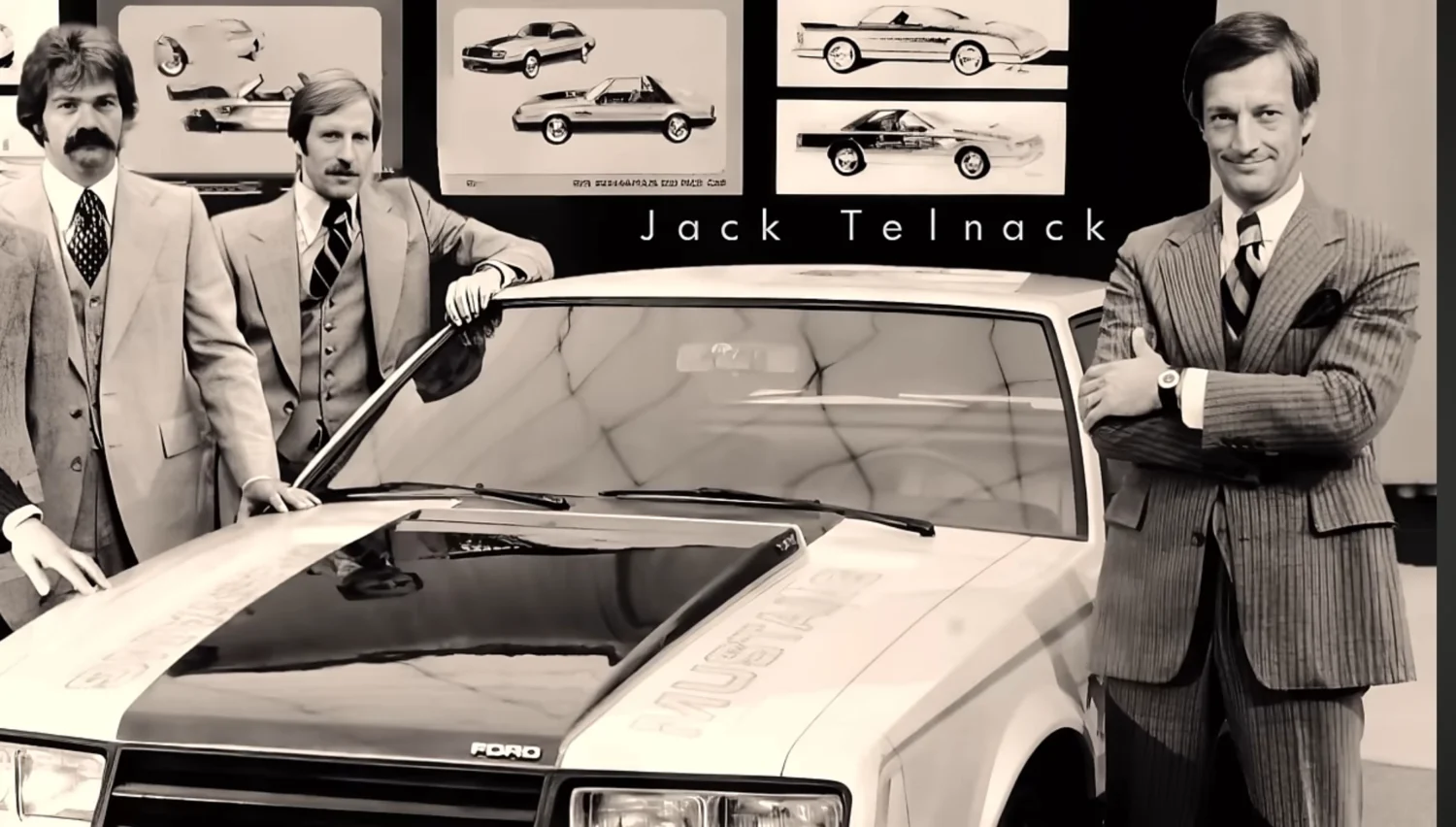
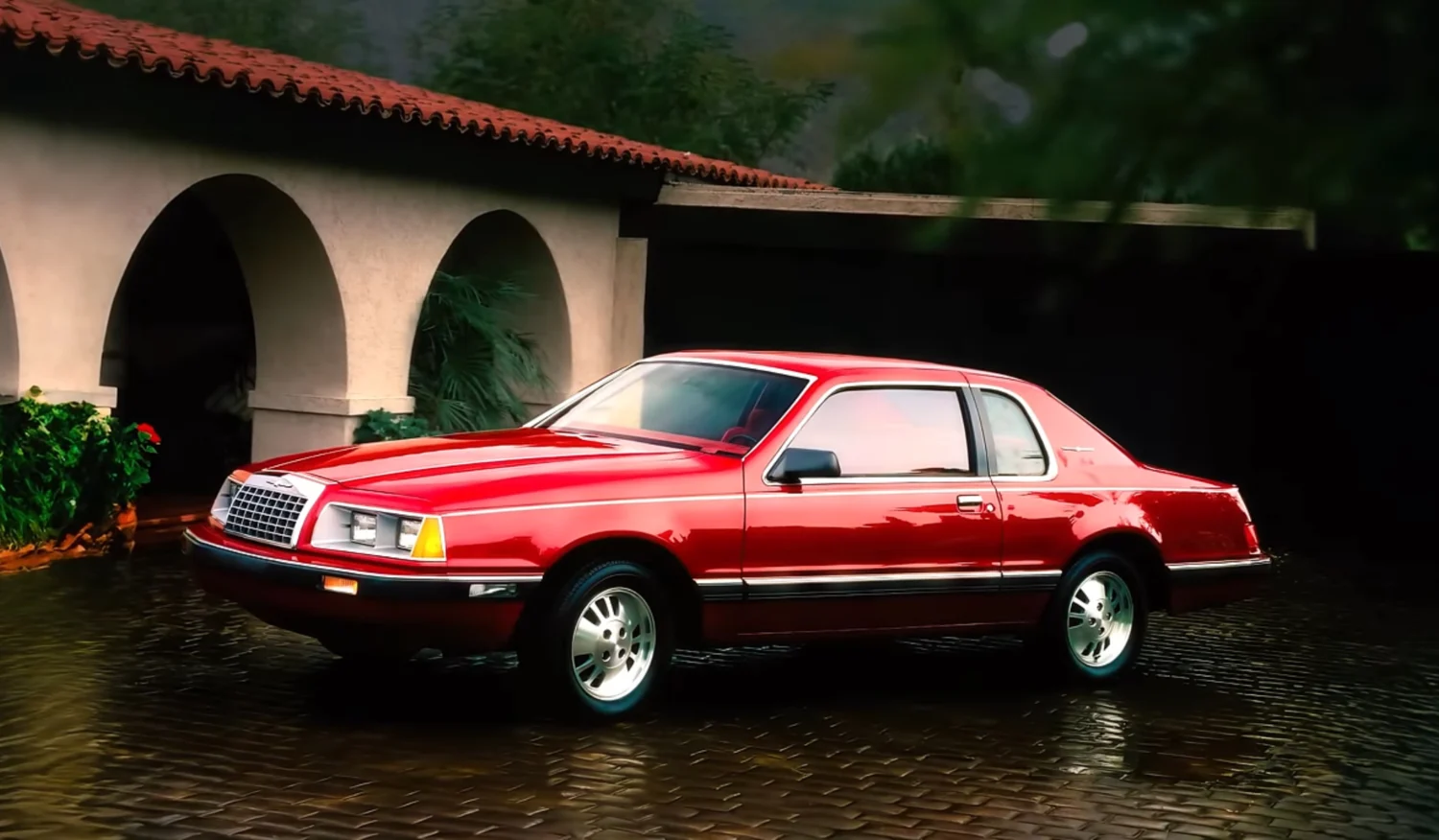
A Legacy That Endures
Though later generations of Taurus lost their way—with the 1996 oval-shaped redesign proving controversial and the 2000s models failing to capture the original magic—the impact of the first-generation Taurus is undeniable.
It was the right car at the right time, a vehicle that changed public perception of American cars and redefined the midsize segment.
For many, the Taurus wasn’t just another sedan—it was a childhood memory, a family road trip companion, a symbol of a company that refused to die.
So the next time you see an old Taurus still on the road, take a moment to appreciate it. Because once upon a time, this humble sedan was the future—and it saved Ford in the process.
Watch more automotive history on Tofer’s Car Tales!
YouTube: Tofer’s Car Tales
Follow for more deep dives into forgotten classics, unsung heroes, and the cars that shaped our childhoods.

